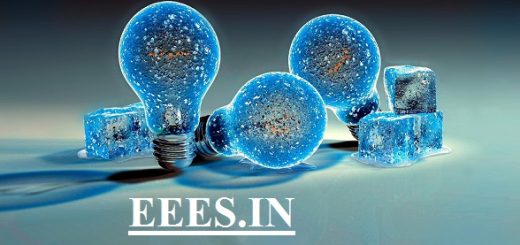Full Wave Rectifier Lab Manual
FULL WAVERECTIFIERCIR CIRUITS
AIM
- To study the characteristics of Full wave rectifier with and without filter and calculate its ripple factor
COMPONENTS REQUIRED
- Diode 1N4007 1no
- Resistor 1K 1no
- Step down transformer 6-0-6 1no
- Breadboard, CRO, BNC probe, connecting wires etc….
THEORY
Full wave circuit comprise of two half wave circuits which are so connected that conduction takes place through one diode during one half of the power cycle and through the other diode during the second half of the power cycle. The current to the load which is the sum of these two currents conducted by the diodes at each half cycle. The peak inverse voltage in this case is 2Vm, Vm – peak value of the voltage.
The output of full wave rectifier is pulsating, it has a dc value of magnitude 2Vm/π and some AC variations called ripples. Certain circuits need very smooth dc voltage. Hence the circuits that converts a pulsating output from a rectifier to a very steady dc level is known as filter, because it filters out or smoothens out pulsations in the output. Here a capacitor of suitable value C1 connected across the rectifier and in parallel with the load RL to achieve filtering action. This filter circuit depends on a property of capacitor that it opposes any change in voltage across its terminals. When connected across a pulsating DC voltage, it tends to smoothen out or filter out the voltage pulsations
CIRCUIT DIAGRAM


TABULATION
PROCEDURE
- The circuit is wired as in the circuit diagram.
- Connect the supply voltage to the primary of the centre-tapped transformer.
- Connect the output terminals to the CRO and observe the input- output waveform.
- Measure the DC voltage across the load resistor.
- Calculate the ripple factor and DC output voltage. Compare practical and theoretical results.
EXPECTED GRAPH



Recent Comments